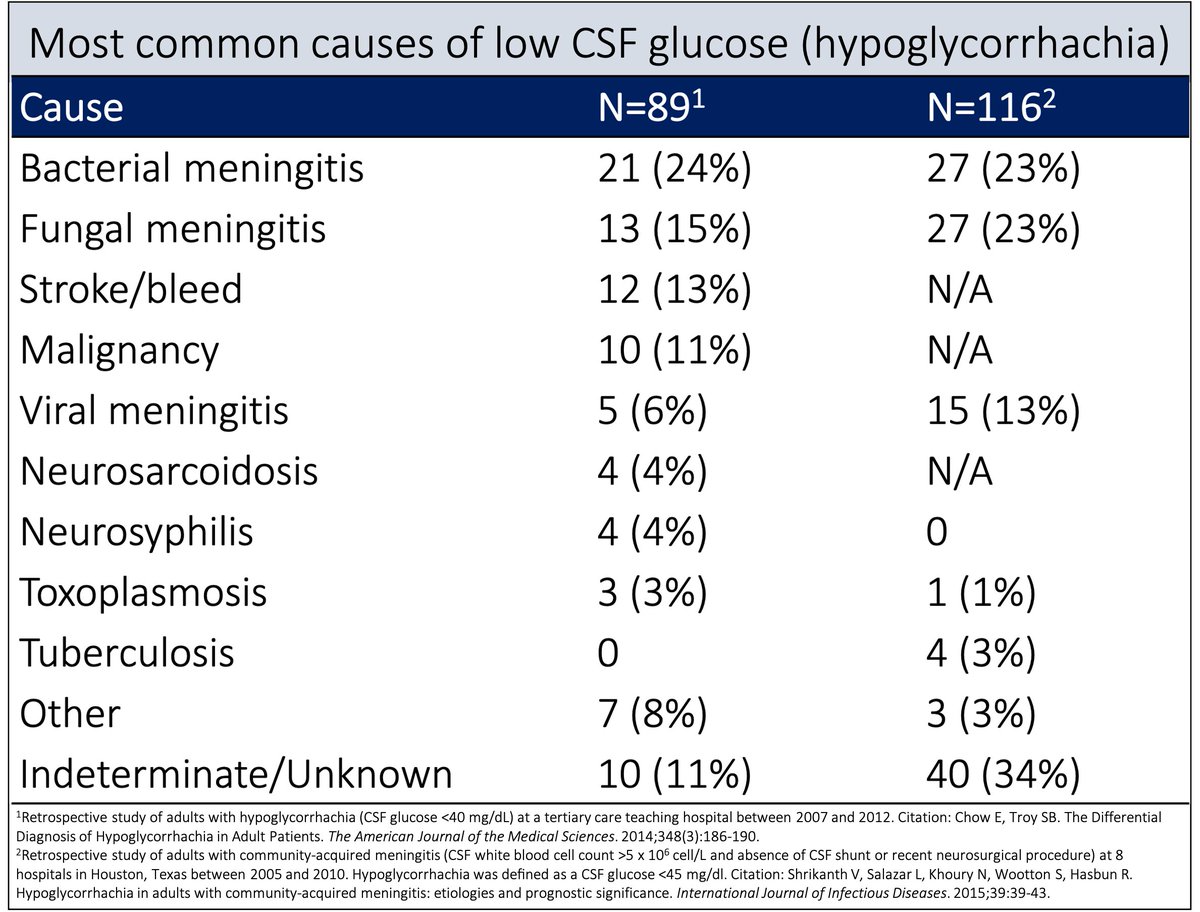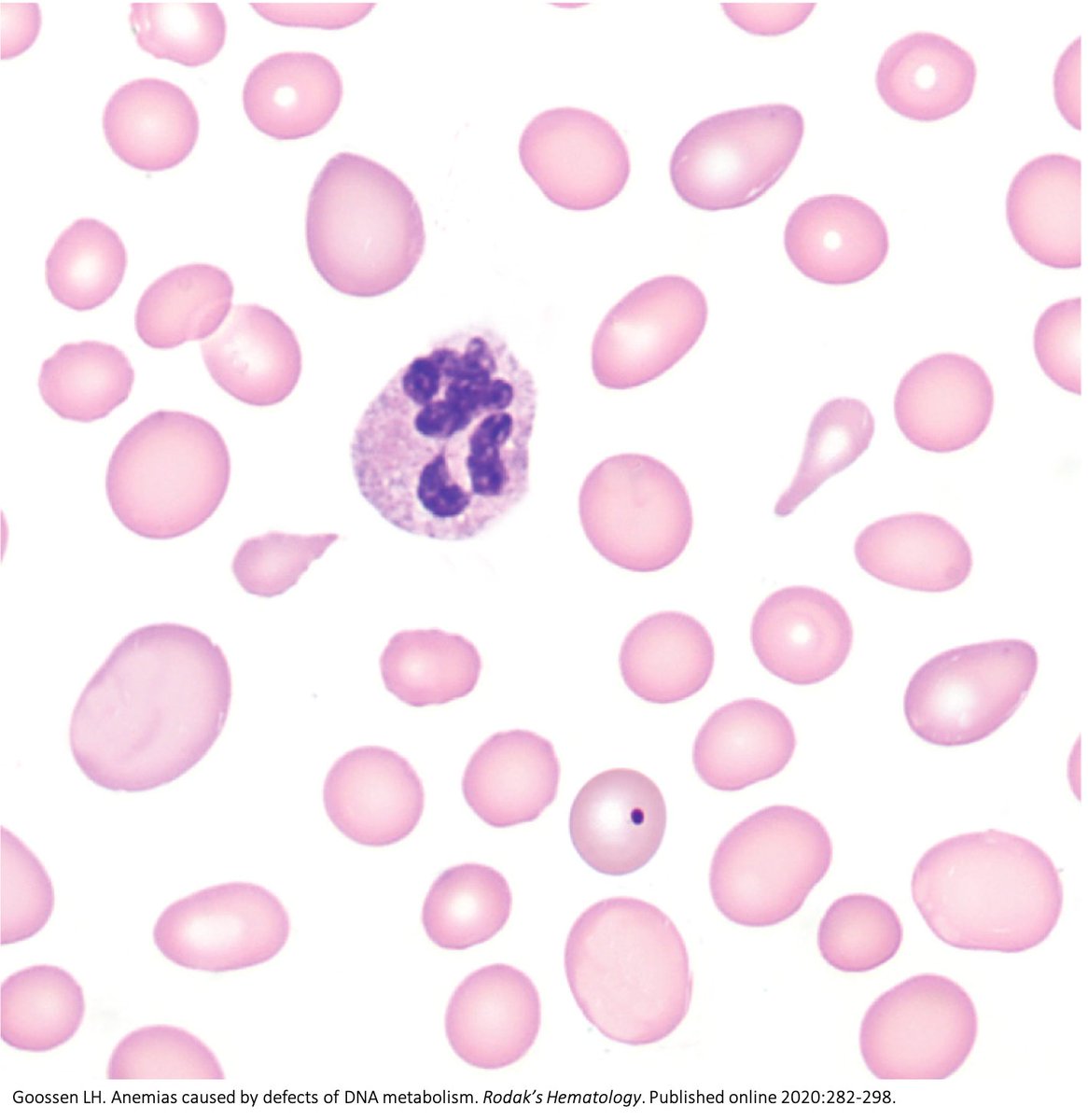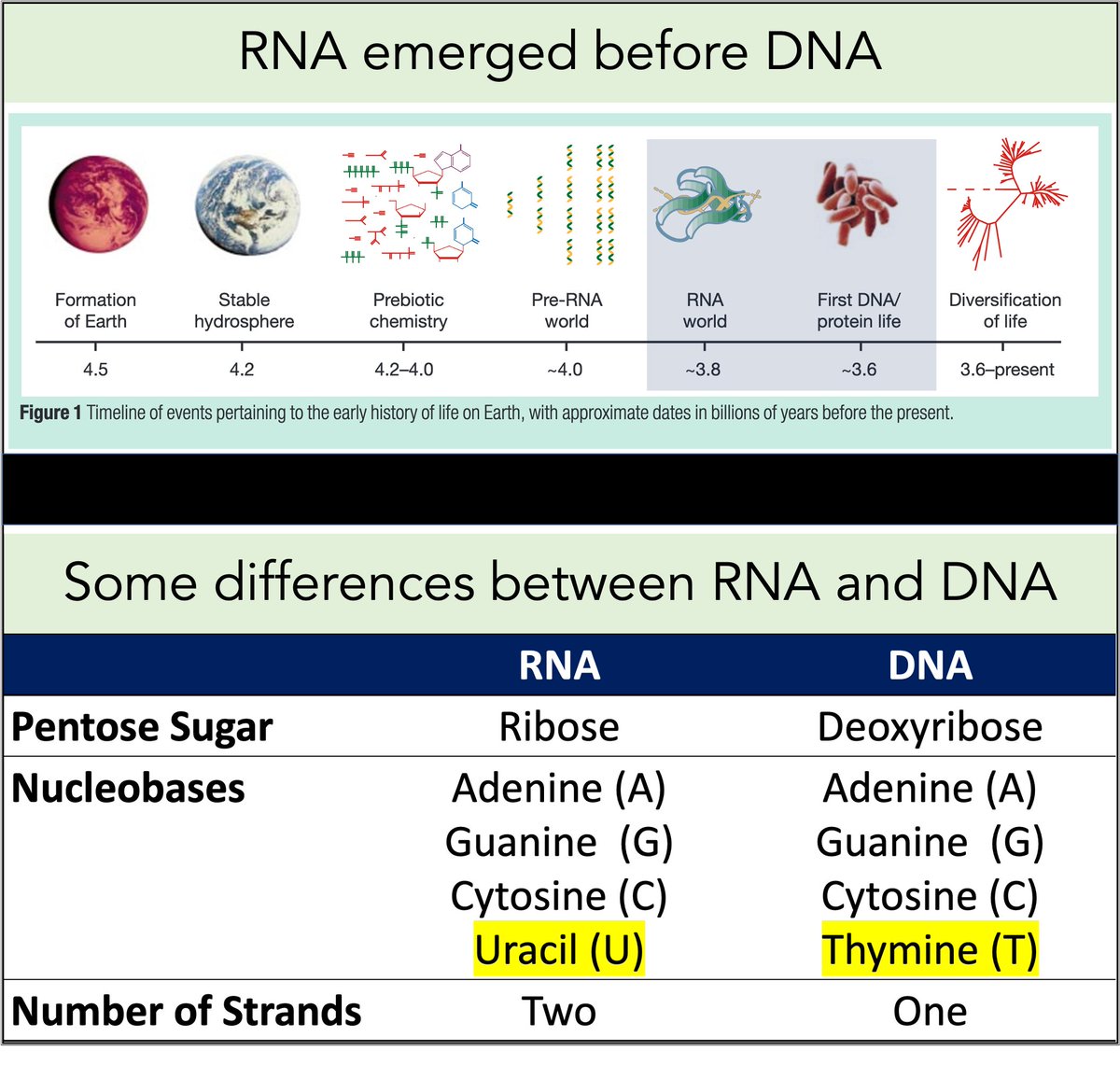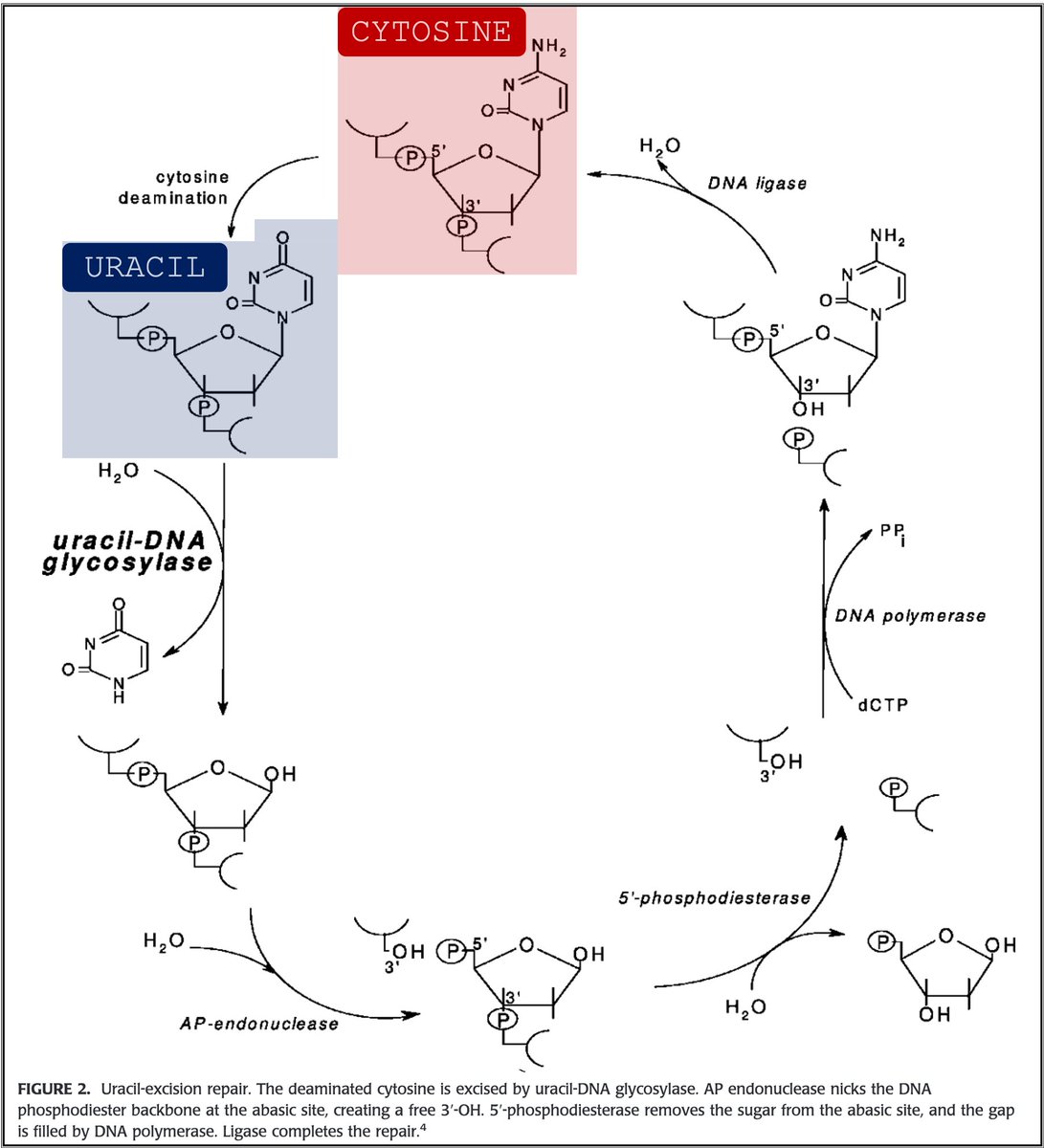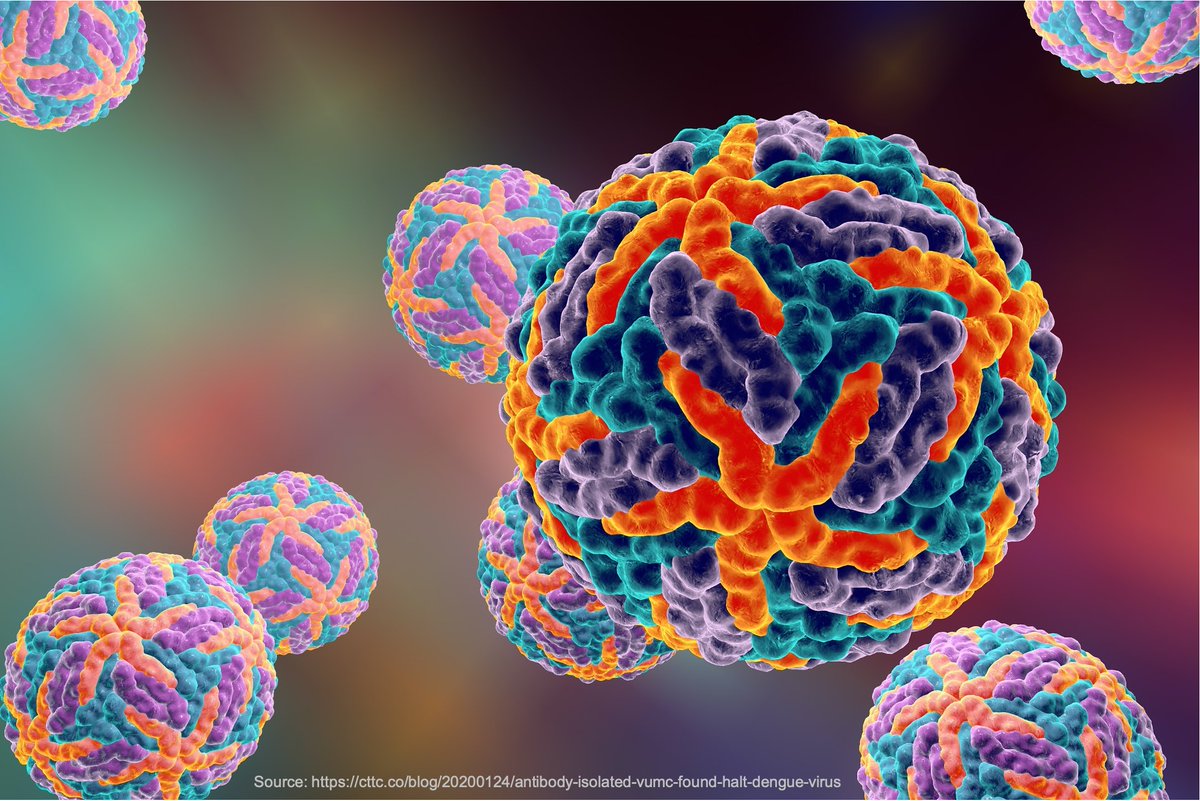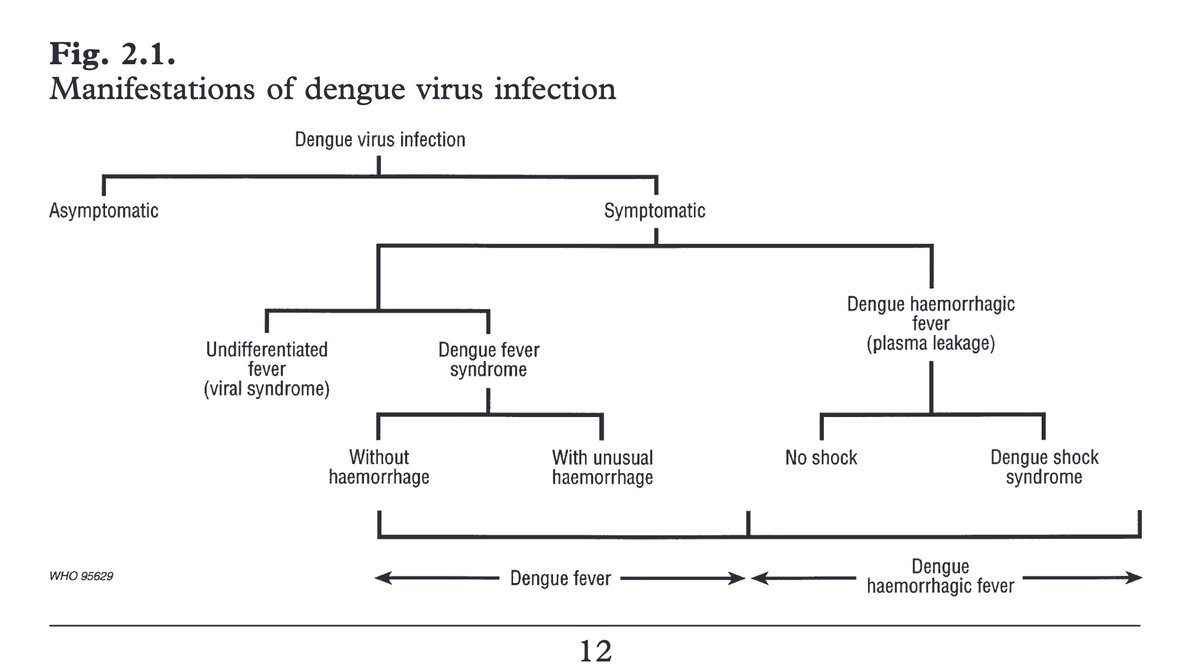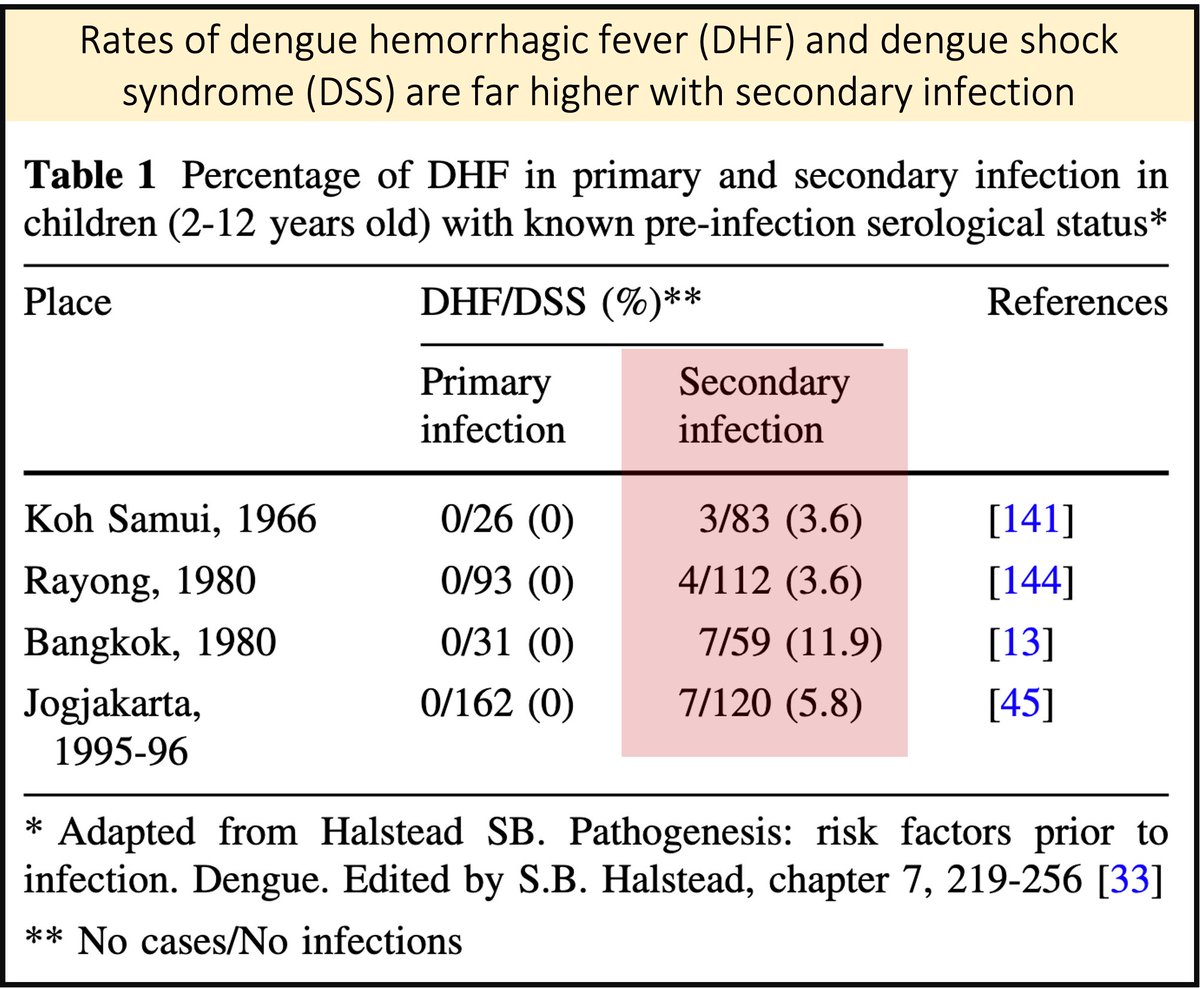
1/14
How does fever help us fight infections?
For millennia, fever has been recognized as a beneficial response to invading pathogens.
If this is so, why don't we have a resting temperature of 102°F (38.9°C)? Wouldn't that protect us even better?
Let's have a look.
How does fever help us fight infections?
For millennia, fever has been recognized as a beneficial response to invading pathogens.
If this is so, why don't we have a resting temperature of 102°F (38.9°C)? Wouldn't that protect us even better?
Let's have a look.

2/
Fever emerged approximately 600 million years ago and is conserved in vertebrates. This suggests its benefit.
As you'll see in the next tweet, even ectothermic (cold-blooded) vertebrates demonstrate a "febrile" response.
pubmed.ncbi.nlm.nih.gov/24692136/
Fever emerged approximately 600 million years ago and is conserved in vertebrates. This suggests its benefit.
As you'll see in the next tweet, even ectothermic (cold-blooded) vertebrates demonstrate a "febrile" response.
pubmed.ncbi.nlm.nih.gov/24692136/

3/
In a 1975 study, ectothermic lizards were infected with A. hydrophila and placed in environments at varying temperatures.
😀75% survived at 42°C (107.6°F)
😕25% survived at 38°C (100.4°F)
🥴0% survived at 34°C (93.2°F)
🔑↑temperatures = ↑survival
pubmed.ncbi.nlm.nih.gov/1114347/
In a 1975 study, ectothermic lizards were infected with A. hydrophila and placed in environments at varying temperatures.
😀75% survived at 42°C (107.6°F)
😕25% survived at 38°C (100.4°F)
🥴0% survived at 34°C (93.2°F)
🔑↑temperatures = ↑survival
pubmed.ncbi.nlm.nih.gov/1114347/

4/
There is even evidence that PLANTS experience fever when infected.
In one experiment, the temperature of the leaves from a bean plant rose by ~2°C after infection with a fungus.
How cool is that!
pubmed.ncbi.nlm.nih.gov/25976513/
content.time.com/time/subscribe…
There is even evidence that PLANTS experience fever when infected.
In one experiment, the temperature of the leaves from a bean plant rose by ~2°C after infection with a fungus.
How cool is that!
pubmed.ncbi.nlm.nih.gov/25976513/
content.time.com/time/subscribe…

5/
There are some human correlative data suggesting that fever is beneficial.
A 2017 meta-analysis showed that fever is associated with lower mortality in sepsis:
🔹Fever: 22% mortality
🔹Normal temperature: 31% mortality
🔹Hypothermia: 47% mortality
pubmed.ncbi.nlm.nih.gov/28081244/
There are some human correlative data suggesting that fever is beneficial.
A 2017 meta-analysis showed that fever is associated with lower mortality in sepsis:
🔹Fever: 22% mortality
🔹Normal temperature: 31% mortality
🔹Hypothermia: 47% mortality
pubmed.ncbi.nlm.nih.gov/28081244/

6/
Fever has even used to treat infections.
The most famous example was malariotherapy for syphilis. For more on this, listen to an amazing episode of @AdamRodmanMD's Bedside Rounds.
Fever has even used to treat infections.
The most famous example was malariotherapy for syphilis. For more on this, listen to an amazing episode of @AdamRodmanMD's Bedside Rounds.
https://twitter.com/AdamRodmanMD/status/959589769331265536?s=20
7/
We can now address the original question: how does fever help us fight infections. There are a few potential answers. Fever might:
🔹Have direct anti-pathogen effects
🔹Help activate the immune response
Which is it?
We can now address the original question: how does fever help us fight infections. There are a few potential answers. Fever might:
🔹Have direct anti-pathogen effects
🔹Help activate the immune response
Which is it?
8/
Fever likely hinders the growth of some pathogens.
One study from 1932 examined testicular extracts containing T. pallidum. In vitro growth of the spirochete was greatly reduced at higher temperatures.
This suggests a direct anti-pathogen mechanism.
pubmed.ncbi.nlm.nih.gov/19870097/
Fever likely hinders the growth of some pathogens.
One study from 1932 examined testicular extracts containing T. pallidum. In vitro growth of the spirochete was greatly reduced at higher temperatures.
This suggests a direct anti-pathogen mechanism.
pubmed.ncbi.nlm.nih.gov/19870097/

9/
Still, there are a few problems with the direct anti-pathogen explanation.
🔹Temperatures required are often higher than seen in most fevers
🔹If this were the only mechanism, one might expect pathogens to have evolved a defense...
...particularly after 600 million years!
Still, there are a few problems with the direct anti-pathogen explanation.
🔹Temperatures required are often higher than seen in most fevers
🔹If this were the only mechanism, one might expect pathogens to have evolved a defense...
...particularly after 600 million years!
10/
The key effect of fever is the activation of immune and active immunity. For example, fever leads to:
🔹Release of neutrophils from bone marrow
🔹Enhanced lymphocyte trafficking across high endothelial venules
And a lot more!
pubmed.ncbi.nlm.nih.gov/25976513/
pubmed.ncbi.nlm.nih.gov/8698984/
The key effect of fever is the activation of immune and active immunity. For example, fever leads to:
🔹Release of neutrophils from bone marrow
🔹Enhanced lymphocyte trafficking across high endothelial venules
And a lot more!
pubmed.ncbi.nlm.nih.gov/25976513/
pubmed.ncbi.nlm.nih.gov/8698984/

11/
If fever protects us against pathogens, why haven't we gotten continuously warmer over time?
Among other things, there is a metabolic cost: for every 1°C increase in temperature, metabolic rate increases ~13%. This would require more caloric intake.
dx.doi.org/10.1001/jama.1…
If fever protects us against pathogens, why haven't we gotten continuously warmer over time?
Among other things, there is a metabolic cost: for every 1°C increase in temperature, metabolic rate increases ~13%. This would require more caloric intake.
dx.doi.org/10.1001/jama.1…
12/
There are other reasons to keep our resting temperature below febrile-range.
🔹Having the immune system active at all times isn't ideal!
🔹A change in temperature may be necessary to activate immunity, possibly via the heat shock system
pubmed.ncbi.nlm.nih.gov/8698984/
There are other reasons to keep our resting temperature below febrile-range.
🔹Having the immune system active at all times isn't ideal!
🔹A change in temperature may be necessary to activate immunity, possibly via the heat shock system
pubmed.ncbi.nlm.nih.gov/8698984/
13a/
Before closing, one final question: If fever is beneficial does this mean that antipyretics should be avoided?
This topic has been covered well by others so I'll defer its discussion here. I will highlight a few. There are surely others I have forgotten!
Before closing, one final question: If fever is beneficial does this mean that antipyretics should be avoided?
This topic has been covered well by others so I'll defer its discussion here. I will highlight a few. There are surely others I have forgotten!
13b/
Tweetorial by Alastair Munro (@apsmunro)
Tweetorial by Alastair Munro (@apsmunro)
https://twitter.com/apsmunro/status/1205522856395845633?s=20
13c/
Tweetorial by Jenny Shih (@JennyShihMD)
Tweetorial by Jenny Shih (@JennyShihMD)
https://twitter.com/iMedEducation/status/1362164300916252677?s=20
13e/
YouTube video by Paul Offit (@DrPaulOffit)
I also highly recommend his book Overkill: When Medicine Goes Too Far - amazon.com/Overkill-When-…
YouTube video by Paul Offit (@DrPaulOffit)
I also highly recommend his book Overkill: When Medicine Goes Too Far - amazon.com/Overkill-When-…
14/14
🌡️Fever is preserved evolutionarily, suggesting benefit
🌡️The benefit relates to its direct anti-pathogen effects and its ability to augment innate and adaptive immunity
🌡️There is a metabolic cost to fever which may partly explain why we're not just evolving to be hotter
🌡️Fever is preserved evolutionarily, suggesting benefit
🌡️The benefit relates to its direct anti-pathogen effects and its ability to augment innate and adaptive immunity
🌡️There is a metabolic cost to fever which may partly explain why we're not just evolving to be hotter
• • •
Missing some Tweet in this thread? You can try to
force a refresh

